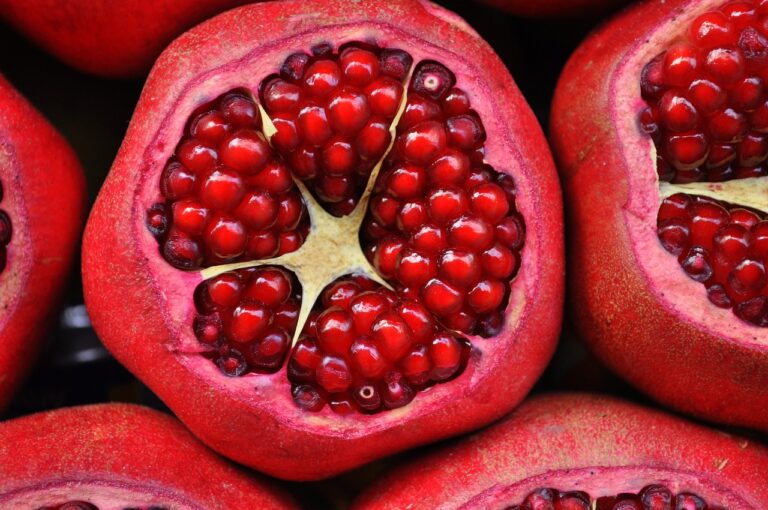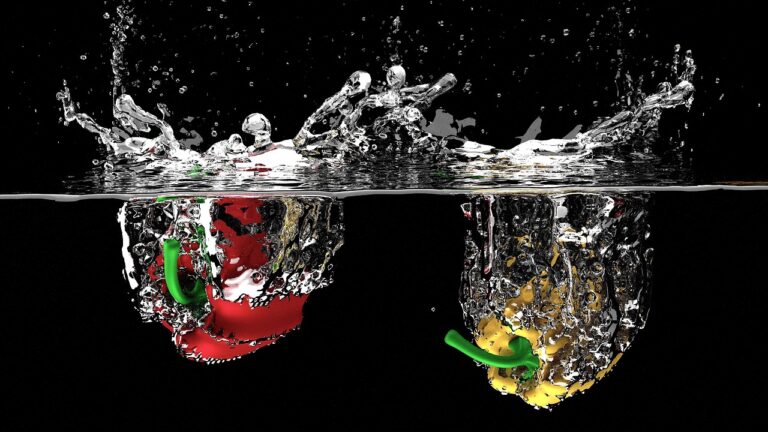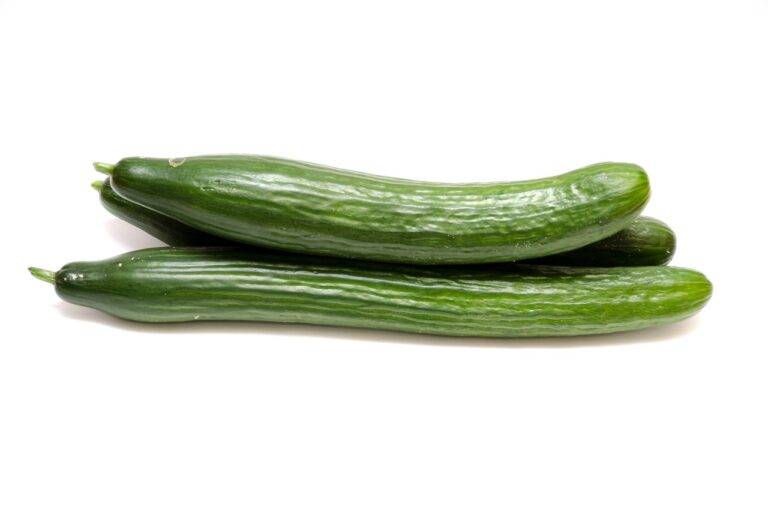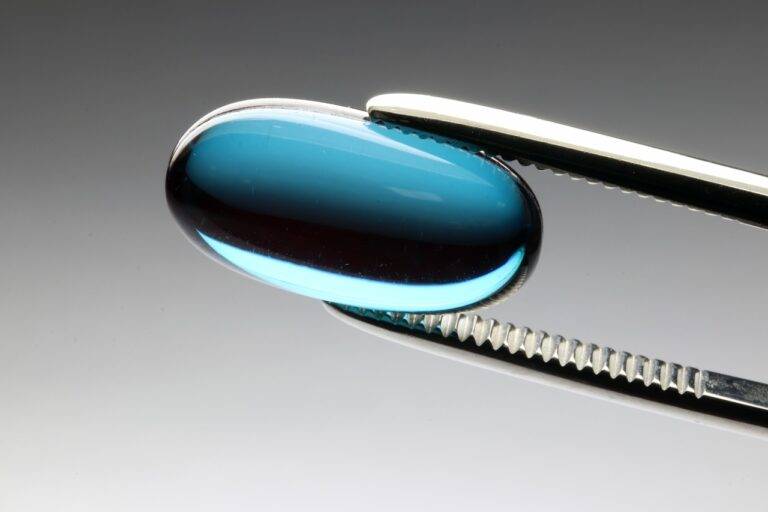Trends in Aquaculture Feed Ingredients
lotusbook 365, play99exch, all panel mahadev:Aquaculture feed ingredients have seen a significant evolution in recent years as the industry continues to grow and innovate. With a focus on sustainability, efficiency, and nutrition, aquaculture producers are constantly seeking new and improved ingredients to optimize the growth and health of their aquatic animals. In this article, we will explore some of the latest trends in aquaculture feed ingredients that are shaping the future of the industry.
Plant-Based Proteins
One of the most notable trends in aquaculture feed ingredients is the increasing use of plant-based proteins. Traditionally, fish meal and fish oil have been the primary sources of protein and lipids in aquaculture feeds. However, with concerns over sustainability, cost, and availability, producers are turning to alternative protein sources such as soybean meal, canola meal, and algae. These plant-based proteins offer a viable and eco-friendly alternative to fish meal while still providing essential nutrients for fish growth and development.
Functional Ingredients
Another trend in aquaculture feed ingredients is the use of functional ingredients that go beyond basic nutrition. These ingredients are specially formulated to address specific health and performance issues in aquatic animals. For example, probiotics, prebiotics, and immune stimulants are being added to feeds to promote gut health and disease resistance. By incorporating these functional ingredients into feeds, producers can improve the overall health and productivity of their fish while reducing the need for antibiotics and other chemical treatments.
Insect Proteins
In recent years, the use of insect proteins in aquaculture feeds has gained traction as a sustainable and nutrient-rich alternative to traditional protein sources. Insects such as black soldier fly larvae and mealworms are high in protein, amino acids, and essential fatty acids, making them an ideal feed ingredient for fish and shrimp. In addition to their nutritional benefits, insect proteins are also more environmentally friendly to produce compared to fish meal and soybean meal, making them a popular choice among environmentally conscious producers.
Algal Oil
Algal oil is another emerging trend in aquaculture feed ingredients that is gaining popularity for its high levels of omega-3 fatty acids, specifically DHA and EPA. These essential fatty acids are crucial for fish growth, development, and overall health. Algal oil is a sustainable alternative to fish oil, which is often sourced from wild-caught fish populations. By incorporating algal oil into feeds, producers can ensure that their fish receive the necessary nutrients for optimal growth and performance without depleting natural fish stocks.
Customized Feeds
As aquaculture continues to grow and diversify, the demand for customized feeds tailored to specific species, life stages, and production systems is on the rise. Producers are increasingly seeking feed formulations that meet the unique nutritional requirements of their aquatic animals, whether it be fish, shrimp, or mollusks. By working closely with feed manufacturers and nutritionists, producers can develop customized feeds that optimize growth, feed conversion, and overall performance, ultimately leading to greater profitability and sustainability in aquaculture operations.
Sustainable Practices
Finally, sustainability is a key driver of innovation in aquaculture feed ingredients. Producers are increasingly looking for sustainable alternatives to traditional feed ingredients that minimize the environmental impact of their operations. This includes sourcing ingredients from certified sustainable suppliers, reducing waste and byproducts, and improving feed conversion ratios to minimize the amount of feed required to produce a unit of fish. By adopting sustainable practices in feed production and usage, producers can contribute to the long-term viability of the aquaculture industry while meeting growing consumer demand for environmentally friendly seafood products.
In conclusion, aquaculture feed ingredients are constantly evolving to meet the changing needs of the industry. From plant-based proteins to functional ingredients, insect proteins, algal oil, customized feeds, and sustainable practices, there are a variety of trends shaping the future of aquaculture feeds. By embracing these innovations and incorporating them into their operations, producers can enhance the growth, health, and sustainability of their aquatic animals while meeting the demands of an ever-changing market.
FAQs
Q: Are plant-based proteins a suitable alternative to fish meal in aquaculture feeds?
A: Yes, plant-based proteins such as soybean meal, canola meal, and algae can be a viable alternative to fish meal in aquaculture feeds. These ingredients provide essential nutrients for fish growth and development while offering a more sustainable and eco-friendly option.
Q: What are some examples of functional ingredients used in aquaculture feeds?
A: Examples of functional ingredients used in aquaculture feeds include probiotics, prebiotics, immune stimulants, and enzymes. These ingredients are specially formulated to promote gut health, disease resistance, and overall performance in aquatic animals.
Q: How can producers ensure the sustainability of their aquaculture feed ingredients?
A: Producers can ensure the sustainability of their aquaculture feed ingredients by sourcing ingredients from certified sustainable suppliers, reducing waste and byproducts, and adopting practices that minimize the environmental impact of their operations. By prioritizing sustainability in feed production and usage, producers can contribute to the long-term viability of the aquaculture industry.







